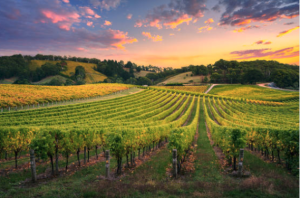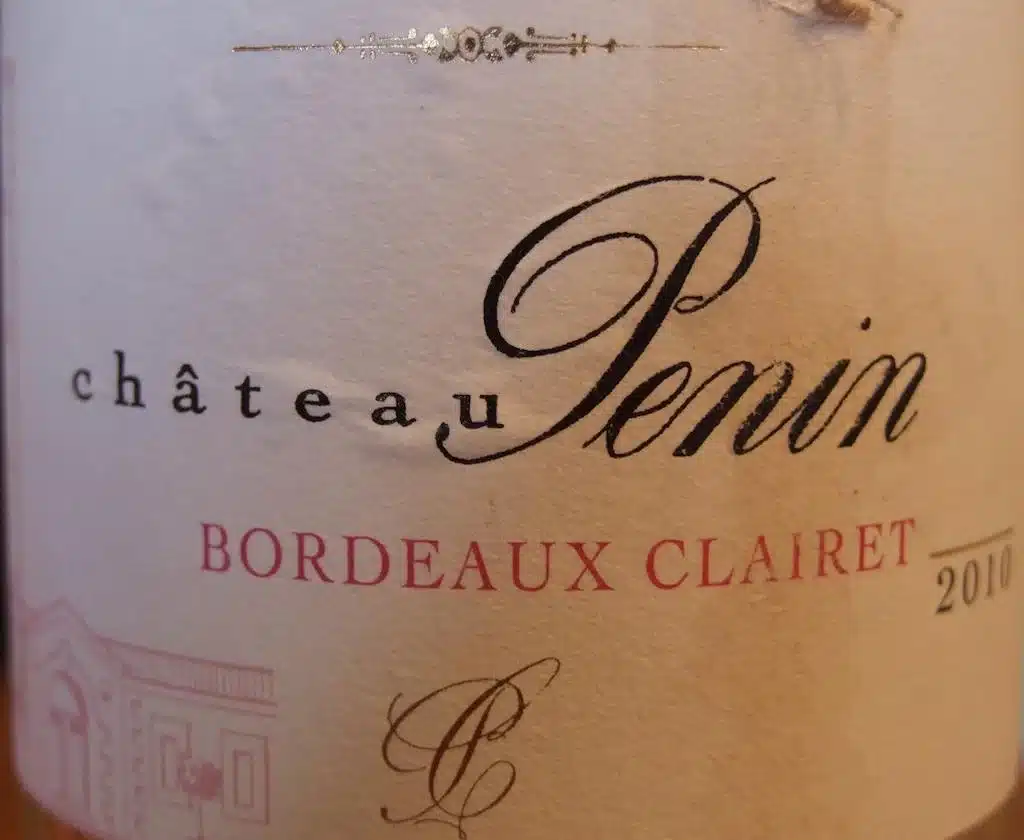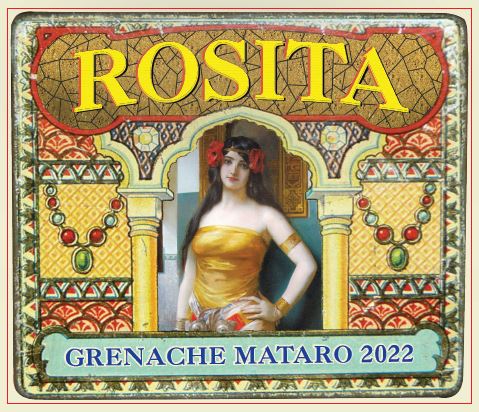Few areas have given as much heart to “new world” vineyards owners as the triumph that is Martinborough in New Zealand The recognition that Martinborough had potential for viticulture was recognised by Derek Milne a soil scientist who had done a doctorate on the soil types of the region. This work was continued by Keith Vincent.
A wine tasting group in Wellington became aware of this study and some members purchased land and the first grapes were planted in 1980. Early studies also recognised that the area around the town of Martinborough is the driest region in the North Island.
Martinborough sits on an elevated terrace that stands about five metres above the flood plain of two rivers, the Ruamahanga River and the much smaller Huangarua River that join just to the north of the town. Martinborough and surrounds are part of a much larger region known as the Wairarapa. As well as being relatively dry Martinborough is warmer than other parts of the Wairarapa.
The major river the Ruamahanga flows along a wide, fault generated valley about 70 kilometres in length of variable width though normally from 12 to 15 kilometres. Numerous other rivers enter this valley. Where the two rivers meet at Martinborough the valley is about 20 kilometres in width.
This valley has many characters that are common with other New Zealand river valleys these being the similar way in which the valley sediments have been deposited from fast moving steams carrying heavy sediment loads, and a sequence of stranded terraces of various ages.
These stranded terraces are generally older at the edges of the valley, becoming progressively younger and lower as they approach the current steam channel. New Zealand is a very active country geologically with volcanism, multiple, active fault lines and complex phases of uplift of discrete basement blocks. It is the uplift that partly creates the stranded terraces at higher elevations.
Uplift alters the river gradient and causes the river to erode down into the current terrace and cut a surface that establishes a more stable equilibrium. Another factor having a role in the river gradient is fluctuating sea levels. Lower sea levels at the peak of ice accumulation are about 100 metres lower than current and as the ocean recedes this will cause the rivers to erode back and down into the terrace.
The Landscape Around Martinborough
Martinborough is built on an elevated, flat, alluvial river terrace. It is about five kilometres by five kilometres in area. From east of the town and circling anti clockwise to the north west this terrace drops away as a prominent but shallow escarpment a few metres in height to five or more metres before flattening to a lower and younger river terrace. This younger terrace has been formed by the current rivers, the Ruamahanga and the Huangarua. This edge varies from a pronounced drop off to a gentle ill defined slope.
Many important vineyards ring the edge of this scarp. None are planted on the lower terrace.
As is common with New Zealand alluvial river terraces the upper main vineyard terrace is made of a generally poorly sorted accumulation of cobbles, pebbles and assorted rubble down to finer rock particles and silts. This is characteristic of sediment that has been deposited hurriedly by a fast moving stream carrying a heavy sediment load, almost like slurry.
While time did not permit extensive observation the main terrace does show some layering with poorly sorted cobble layers interspersed with layers of fine pebbly sand and finely bedded sands. Some of these finer layers are quite thick, up to several metres. This is important as this layering is far more pronounced than is the case with the terraces of the South Island. The point being that a variable sub-surface allows vine roots to spread out in favourable layers seeking moisture and nutrients. Almost certainly this will affect grape flavours and thus wine quality.
Reports say that in the town and to the east, the main vineyard terrace is overlain by windblown loess, a fine grained deposit, which is not favourable for grapes in this region as it forms a hard pan which is prone to waterlogging.
To the south and south west of Martinborough the river terrace sediments are older. Some important vineyards, such as Palliser, lie on this older terrace although this has similar depositional characters to what has been loosely called here the main vineyard terrace.
The geological map “Wellington” dates the main terrace at 14,000 to 24,000 years old (symbol 2Qa) and this older terrace at 59,000 to 71,000 years (symbol 4Qa). During my visit to Martinborough the local knowledge referred to these terraces as being older with dates of 250,000 years and more mentioned. It is not known why these dates differ to those on the geological maps.
The young terrace next to the rivers is dated at 14,000 years to the present.
The Younger Terrace – Younger than 14,000 years
Vines are planted on the younger terrace both north and south of the Wairau River. Compared with the older terrace the cobble beds look more uniform in their sorting with a smaller fraction of fine material. This may well affect grape flavours principally in the way in which the vine can access water especially in hot periods. There are a number of vineyards on terraces north of the river though the bulk of plantings lie on the south side. The sediments east of the road leading north to Picton from Blenheim towards Cloudy Bay were only briefly looked at though it would be surprising, being near the ocean outfall, if they did not show a different sediment grading to those further up-river.
The Landscape Along to Muna Road
As mentioned the Huangarua River has cut into an older terrace to the east of Martinborough. This terrace pinches out against older rocks south east of the town near the turnoff along Te Muna road, then opens up again into a significant, separate, flat, terraced valley about five kilometres south east of Martinborough.
This terraced valley is about five kilometres long and several kilometres wide and is crossed by Te Muna road. Along this valley the Huangarua is flowing to the north east so it turns 90 degrees as it curls around Martinborough.
Over recent years several interesting new vineyards have been developed on these terraces. The most significant are Escarpment and Craggy Range.
The landscape and its formation is similar to Martinborough although about 50 metres higher and with a higher rainfall.
The terrace adjoining the Huangarua River is the same age as that seen at Martinborough, 14,000 years to the present. Craggy Range has a large vineyard development on this the youngest of the terraces.
The majority of vineyards are on a higher terrace dated at 14,000 to 24,000 years which matches the main terrace around the town of Martinborough. The height of the escarpment separating the two terraces is roughly five metres higher than that at Martinborough.
You detect that those who have planted on the original Martinborough terrace are not always happy with those along Te Muna road having use of the Martinborough name. One would hope there are sufficient climatic differences to highlight differences in taste. As far as the formation of the landscape goes the two areas are pretty well identical though they are of course separated.
Thoughts on the Terroir of Martingborough
Martinborough continues the New Zealand theme of vines being planted on flat river terraces of various ages. The terraces are made of poorly sorted river wash though the surface soils can be quite variable being finer river wash, wind blown soils though there is seldom a strong “A” horizon. It was suggested that some of the surface soils at Martinborough also contained volcanic dust.
Exposures of the main terrace are sufficiently diverse to have lens and beds of finer, silts and sands and laminated gravel layers and this is important as the vine roots can spread into pockets for maximum water use.
While we know that the near surface soils and their depth have a strong influence on vine health and grape quality, and these do vary at Martinborough, it is speculated that the major control on wine flavours in this area will be due to the important climatic influences.
Vineyards are still being developed but the obvious ground has been planted so each new vineyard will have an increased risk although no doubt the odd site will surprise with its quality.
The map of the Martinborough vineyards on the official web-site shows an idealised version of the landscape. What I take to be the escarpment that curves around the town, the erosional scarp that marks the boundary from the upper or “main” terrace to the lower younger terrace, is not shown as extending along the Huangarua River in the Te Muna road area. Indeed it shows the terrace as continuing into the Te Muna area but well to the west of the actual terrace and west of the road. This is not correct.

A cutting through the vineyard terrace at the Escarpment vineyard on Te Muna road. A river terrace which borders the Huangarua showing a dumped load of unsorted cobbles, pebbles and fine sediment without noticeable bedding although showing a weak tendency to become coarser with depth. This terrace is dated at 14,000 years to 24,000 years. The Te Muna vineyard terraces are about 50 metres higher in elevation than those around the town of Martinborough.

Looking east north east from the vineyard terrace at the Escarpment vineyard across a series of small terraces to a river bank cut by the Huangarau River. The drop to the first terrace on which the pines are planted is about five metres, then another terrace about a half a metre lower spreads out and is identified by the green grass and this leads to another lower terrace that is sparse and dry which borders the river. All these lower terraces are dated as younger than 14,000 years. Further south west from this location these lower terraces have been planted by Craggy Range and are producing excellent wines.

The bank of the Huangarau River with weakly bedded river wash which is overlain by a yellow clay layer which may be loess (hard to see in this picture) which is in turn overlain by unsorted river wash. These young sediments sit on older, grey coloured, marine clays.

A view south east from the Escarpment vineyard showing the distinctive hill shapes which in Maori legend are seen as upturned canoes, or kupe. From this the Escarpment vineyard has named its top pinot noir Kupe. The cliffs are older marine mudstones that are not related to the young pebbly terraces that are planted with vines.
Owner and winemaker at Escarpment, Larry McKenna and David Farmer with the vineyard terrace behind.

Standing on the vineyard terrace at the Escarpment vineyard (Te Muna road) examining the stony soils. Note the close planting of the pinot noir vines.

Densely planted pinot vines, 6,600 vines per hectare at the Escarpment vineyard. These make the Escarpment Kupe Pinot Noir.

The Craggy Range vineyards which adjoin the Huangarau River with the vineyards planted on a terrace 14,00 to 24,000 years old; looking down to the younger terrace next to the river which is planted to white varieties.
A panorama across the Craggy Range vineyard, Te Muna road looking north to north west. In the foreground is the Huangarau River, then vineyards planted on the adjoining young terrace, the escarpment about five to seven metres high that leads to the older terrace upon which most of the Te Muna vines are planted. In the middle distance pasture gives way to a hilly range of older marine sediments then the valley of the Raumahanga River to the distant Tararua Range.

A view of the vines on the younger terrace at Craggy Range with the distant hills in Maori mythology being upturned war canoes.

An exposure through the alluvial older terrace at Craggy Range.

An exposure of unsorted cobble beds and finer bedded sands of the older terrace at Craggy Range.

A panorama showing the older terrace dropping down to the younger terrace at Craggy Range

Alluvial sediments exposed in the escarpment that separates the main terrace at Martinborough from the younger terrace. Pebble and cobble beds near the surface overlay a finer, thick sandy section which is weakly bedded and has pebbly layers. Photo taken at the end of Omarere Road, Martinborough.

The main terrace exposed near Te Karangi, Martinborough which shows a thick sequence of ungraded cobbles and pebbles.

The tongue of older marine sediments and beach deposits that separate the Martinborough main terrace vineyards from the terrace vineyards along Te Muna Road. This exposure is near the Te Muna road turnoff.





